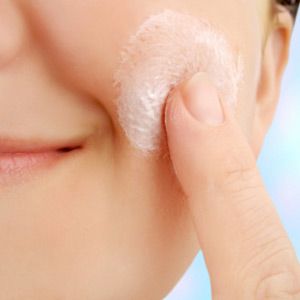You have that certain picture you're proud to display. While you hide your driver's license photo, this is the shot you keep framed on your mantle or use for your social-networking profile. You love the way you look in it, but you can't quite figure out why it's perfect.
Though cameras and lighting play a big part when it comes to your appearance in a picture, they don't entirely make or break the shot. Sometimes, pictures taken in a photographer's studio can't compare to ones you catch on the fly with your cell phone camera. What gives? The difference between a bad picture and a beautiful one may have something to do with your skin tone.
Advertisement
It's not just lighting and angles that affect your appearance on camera. You may have noticed before that some clothes just seem to pop when you wear them -- you look great, you feel great and you receive tons of compliments. Then, you wear the same outfit in a different color, and your skin looks paler and your makeup not quite right. It all has to do with skin tone. And if you notice a difference in the bathroom mirror, you're really going to see the effects in photographs and on video. In fact, imperfections in skin tone can be even more noticeable as a result of the camera equipment and reduction in contrasts.
Your appearance in a photograph or on video can vary considerably based on the presentation of your skin tone. It doesn't matter what kind of skin tone you have. The idea is to complement your skin tone rather than try to compete with it. To look your best on camera -- regardless of professional lighting equipment and photo-correction software -- there are numerous tricks you can employ. In this article, you'll learn how to improve your skin tone appearance for the camera.
Read on to learn how to prep your skin so you can tell Mr. DeMille you're ready for your close-up.
Advertisement


